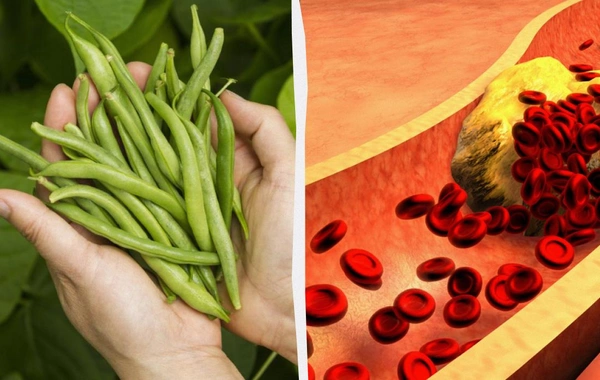Why don't people drink pig milk? Amazing facts

Pig milk - a product that almost no one thinks about. Since childhood, we've been accustomed to cow's, goat's, and in some places, camel's milk. But why haven't pigs, which are so common in agriculture, become "dairy" animals? The answer lies not only in culture but also in biology.
Too little milk
A pig does produce milk, but in very small quantities, which is only enough for its numerous piglets. A milkmaid would simply have no chance - a pig has many teats, and it releases milk for literally 15-20 seconds, only with active stimulation from the piglets. Milking it manually or with a machine is almost impossible.
Complex composition
Pig milk is too fatty (up to 10%) and thick. It contains a lot of protein and little lactose, and it tastes salty and unpleasant. Even if pasteurized, hardly anyone would want to add such milk to coffee or porridge.
Spoils almost immediately
Even when refrigerated, pig milk sours very quickly, and due to its high density, it's difficult to process into something like cheese or yogurt.
Inefficient and unprofitable
To obtain even a liter of pig milk would require a lot of time, effort, and an entire farm. This is not comparable to the ease of obtaining cow's or goat's milk, so economically - it's simply pointless.
Risks and culture
Historically, people avoided pigs as a source of milk due to associations with dirt, diseases, and parasites. Additionally, in several religions (including Islam and Judaism), pork is considered forbidden, which only intensified the aversion to any products related to these animals.
Conclusion:
Pig milk is not poisonous or dangerous, but it's impossible to milk, difficult to store, unpleasant to taste, and complicated to process. Therefore, it has remained a product for piglets, but not for humans. Both science and common sense are unanimous on this matter.
Similar News
Nutritionist named the best carbohydrate that will lower blood cholesterol levels
Despite the fact that carbohydrates are often unfairly considered "unhealthy," the right types are quite nutritious and even capable of supporting heart health....




 Azərbaycanca
Azərbaycanca  По-русски
По-русски  English
English 





